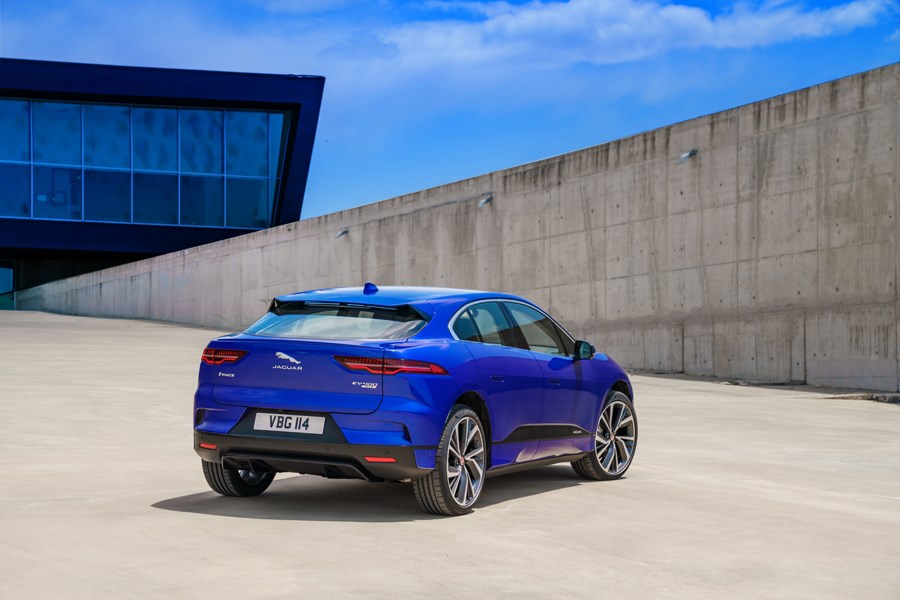Not so long ago, it would have been tough to imagine traditionalist British automaker Jaguar producing any kind of SUV. But Jaguar has eschewed tradition, and entered the market with several ultra-modern models, the latest of which is the I-Pace battery electric crossover.
Like many rivals, Jaguar is planning on an all-electric future, so the I-Pace is just the start. Of course, SUVs have more or less “saved” several luxury vehicle producers, some of which wouldn’t be around today if they’d stuck steadfastly to sedans and sports cars.
The I-Pace is a dedicated EV, not a hybrid, solidifying the company’s stance on the path to the future. While Jaguar could easily have based the I-Pace on one of its existing SUVs, the company opted to give the EV bodywork of its own. Like Jaguar sedans and sports cars, the I-Pace is constructed from strong, lightweight aluminium, which helps to optimize available power.
The sleek look might well have been created to make the EV an even more solid competitor for the Tesla Model X, which costs a fair amount more than the Jaguar. The I-Pace sets new standards in the field of luxury SUVs and is as aesthetically pleasing and capable as any rival out there, existing or planned. It has been described as a five-seater sports car, with plenty of justification.
The I-Pace recently won the coveted 2019 Automobile Journalists Association of Canada (AJAC) Canadian Utility Vehicle of the Year award against intensive competition.
It’s easy to recognize the aluminium-bodied I-Pace as a Jaguar with its black honeycomb grille and Jaguar-head badge at its centre. The vehicle has a passing resemblance to its F-Pace and E-Pace siblings but it has a sportier, more hunkered-down look about it.
It’s a sleek, performance-oriented product and it confirms this with zero- to 100-km-per-hour times in the 4.5-second range. It may not be the kind of product Jaguar founder Sir William Lyons had in mind when he penned the famous “Grace, Space and Pace” slogan, but it delivers on all those counts. The I-Pace is designed and engineered in the UK and built in Austria.
Like other electric vehicles, the I-Pace has a fascinating technological spec sheet. Twin concentric electric motors offer a combined 394 horsepower, an impressive figure, especially when considering the excellent torque such power sources generate. All models have all-wheel drive. A 90-kWh battery provides a very worthwhile range of 394 kilometres, which should ease the “range anxiety” problems so worrying to EV owners.
Using a quick-charge supply, 80 per cent of charge can be achieved in around 40 minutes. Home charging is an overnight job. Battery technology continues to improve as more EVs are sold and 500 km should be in reach very soon by vehicles of comparable size and design.
In the cabin, the I-Pace offers all the luxury touches buyers of the make desire. Naturally, the interior features numerous infotainment and communications systems, all of which add up to a vehicle that’s very easy to live with day-to-day.
Firsts for Jaguar include dual-touch screens on the dash, one of which is a 10-inch unit. Apple CarPlay and Android Auto are included as standard, as is Software-Over-the-Air (SOTA) which allows owners to wirelessly update vehicle systems. Jaguar is offering various trim levels initially, though all have the same powertrain.
With the I-Pace’s impressive performance, lengthy range, good looks and luxury features, Jaguar believes it has created the most desirable EV on the market. The luxury performance EV segment promises to heat up quickly with rivals from Porsche, Mercedes-Benz, Audi and even Cadillac all under development. Right now though, it’s the I-Pace that’s setting the class standard and the models they are going to have to match.



